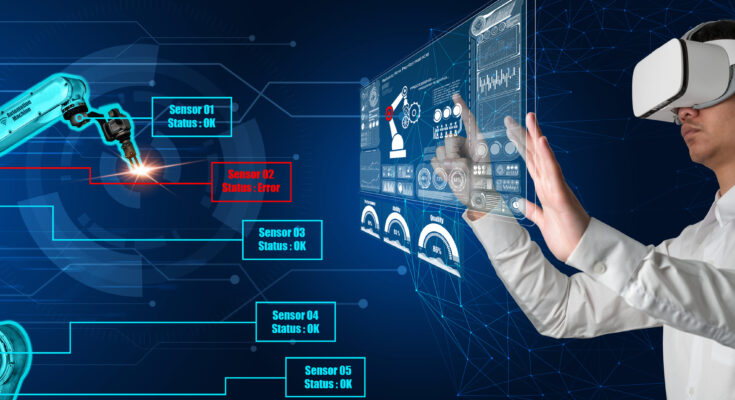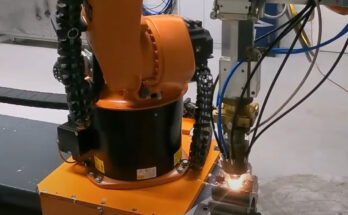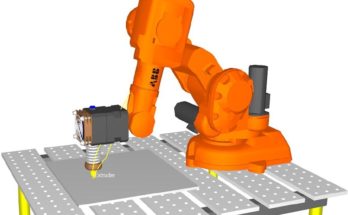How can you create a realistic environment for your robot deployment?
And, indeed, should your simulation be highly realistic?
It’s important to understand the delicate balance between realism and usefulness in robotic simulations.
On the one hand, high-level realism allows you to create a more accurate depiction of how the robot will perform in a real-world setting. This helps you to create simulations that more closely match the operating conditions in your facility. On the other hand, striving for absolute realism in your simulation can compromise its usefulness. The simulation can become overly complex and time-consuming, creating a system that is impractical.
The most useful level of realism for your virtual environments is one that accurately reproduces the robot’s task, while remaining streamlined and efficient.
Here’s how to judge and create that level of realism.
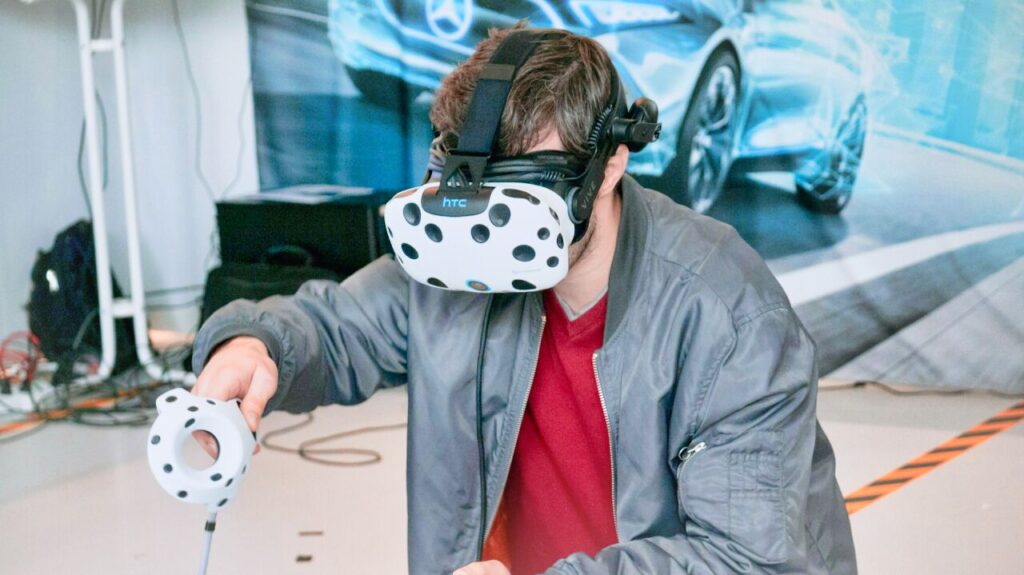
What Does It Mean to Have a Realistic Simulation?
Realism refers to how accurately a simulation replicates the real-world behavior and functionality of the robot. This includes the robot’s movement dynamics, interaction with the environment, and operation.
It’s important to understand that a realistic simulation isn’t necessarily one that looks visually pleasing. Qualities of realism like complex lighting and shadows, high-definition rendering, and advanced surface modeling are not usually necessary. While these attributes might enhance the visual appeal of the simulation, they usually don’t contribute to the robot’s performance.
Instead, a realistic simulation should focus on aspects that directly affect the robot’s performance.
Remember, the point of adding realism is not to have an accurate simulation… it’s to have a useful robot.
3 Types of Realism for Effective Robotic Simulation
There are various ways you can look at realism in robotic simulations. For example, you can split it into different types.
Here’s one way to look at 3 types of simulation:
1. Operational Realism
Operational realism refers to the accurate representation of the actual operations of the robots. This involves faithful representation of the robot’s kinetic and dynamic properties and its interaction with the environment.
The primary purpose of operational realism is to create a robot program that will perform optimally in the real-world environment.
2. Visual Realism
Visual realism refers to the accurate graphical rendering of the simulation. With it, you create a visually appealing virtual representation of the real-world environment.
While visual realism might not directly affect the operational effectiveness of the robot, it can be very important for certain applications. For example, if your application uses [robot vision sensors,][RKCAMERA], high levels of visual realism can help you accurately test this sense.
3. Physics Realism
Physics realism refers to accurate modeling of the physical laws that govern the environment where the robot operates. This includes factors like gravity, friction, and collision dynamics that might affect the robot’s performance.
This is one area where you need to strike a balance with your simulation. If you add more physical realism than is necessary, your simulation can quickly become unwieldy.
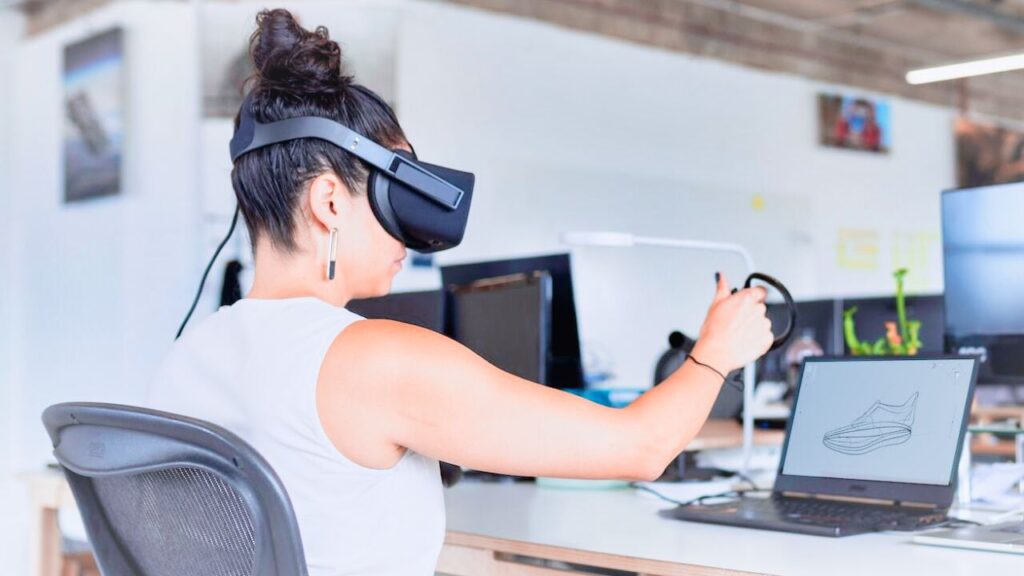
How Simulation Realism Affects Robot Deployment
When you want to deploy a robot to your workplace, it’s a good idea to start by identifying the level of simulation realism that will be necessary. This will vary depending on your task and application area.
The wrong level of realism in your virtual environment could negatively affect the deployment.
For example, here are some disadvantages to using an overly realistic simulation:
- Increased computational load — Highly realistic simulations use more computational resources, which slows down the simulation.
- Complex debugging — More realism usually leads to programs that are harder to maintain and debug.
- Cost and time — Creating very realistic simulations often takes longer and costs more in terms of computer resources and programming.
- Inaccuracy from overfitting — No simulation is 100% accurate to the real world. As a result, a higher level of realism can actually lead to a worse operation of the physical robot. This is known as “overfitting.”
- Unnecessary details — Any details that are not relevant to the robot’s operation are probably a distraction.
By stripping away unnecessary details from your robot simulation, you can focus on the critical aspects of the robot’s operation and prevent overfitting.
The Realistic Robot Simulation (RRS) Project and RoboDK
In RoboDK, we are dedicated to address a significant challenge in industrial robotics: the need for accurate, easy-to-use robot simulation.
One way we have done this recently is to incorporate the Realistic Robot Simulation (RRS) project. The RRS is an ambitious initiative designed to address the current limitations in the accuracy of offline generated programs for industrial robot.
The primary goal of the RRS is to enhance the precision of robot programs, enabling a more economic and efficient application of industrial robots.
We have created an RRS project add-in which helps to improve the accuracy of robot programs developed with RoboDK. It provides an interface to incorporate accurate robot controller software for motion behavior into offline programming.
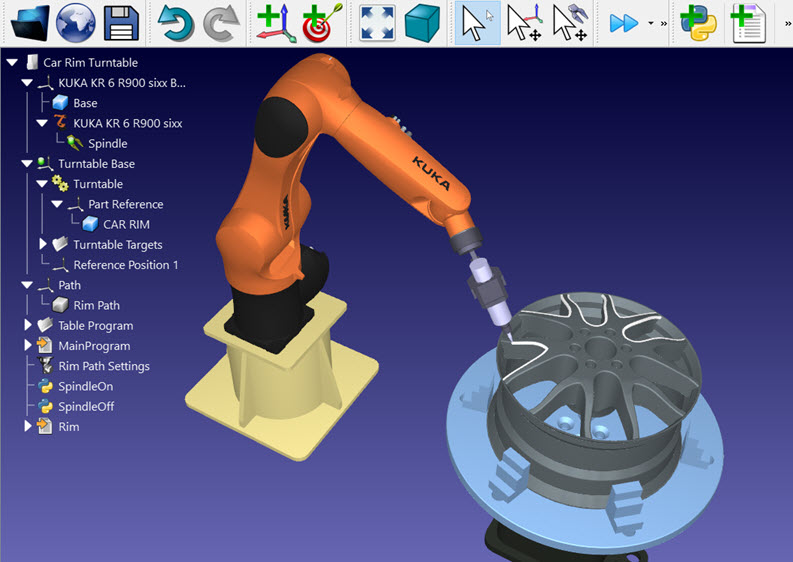
Finding the Right Level of Simulation for Your Application
How can you find the right level of virtual environment realism for your robot simulation?
Here are a few tips for finding the right level of realism for your application:
- Understand the simulation needs for your project — Begin by outlining your project objectives and defining the purpose that your robot will serve.
- Evaluate your interactions — Consider both the physical and other interactions that your robot will have with the environment and other components in the workspace.
- Assess the operational environment — Evaluate which elements of the environment need to be included in the simulation.
- Be realistic about visual realism needs — Look at the rendering and visual requirements of your simulation. Identify what aspects are really necessary.
- Determine your performance requirements — Identify the level of computing performance required from the simulation tasks. For example, high-precision tasks might need more detailed simulations.
- Factor in your budget and resources — Lastly, consider your resources and budget. More realistic simulations may demand more computing power and programming skills.
With all of these, strive for balance — a simulation that meets your needs without being “too much.”
Remember, creating realistic robot simulations is fundamental when working with modern robots. By using the right tools, like our RRS add-on, you can create a robot simulation that works for you.
What questions do you have about accuracy and realism in robot simulations? Tell us in the comments below or join the discussion on LinkedIn, Twitter, Facebook, Instagram, or in the RoboDK Forum.. Also, check out our extensive video collection and subscribe to the RoboDK YouTube Channel

